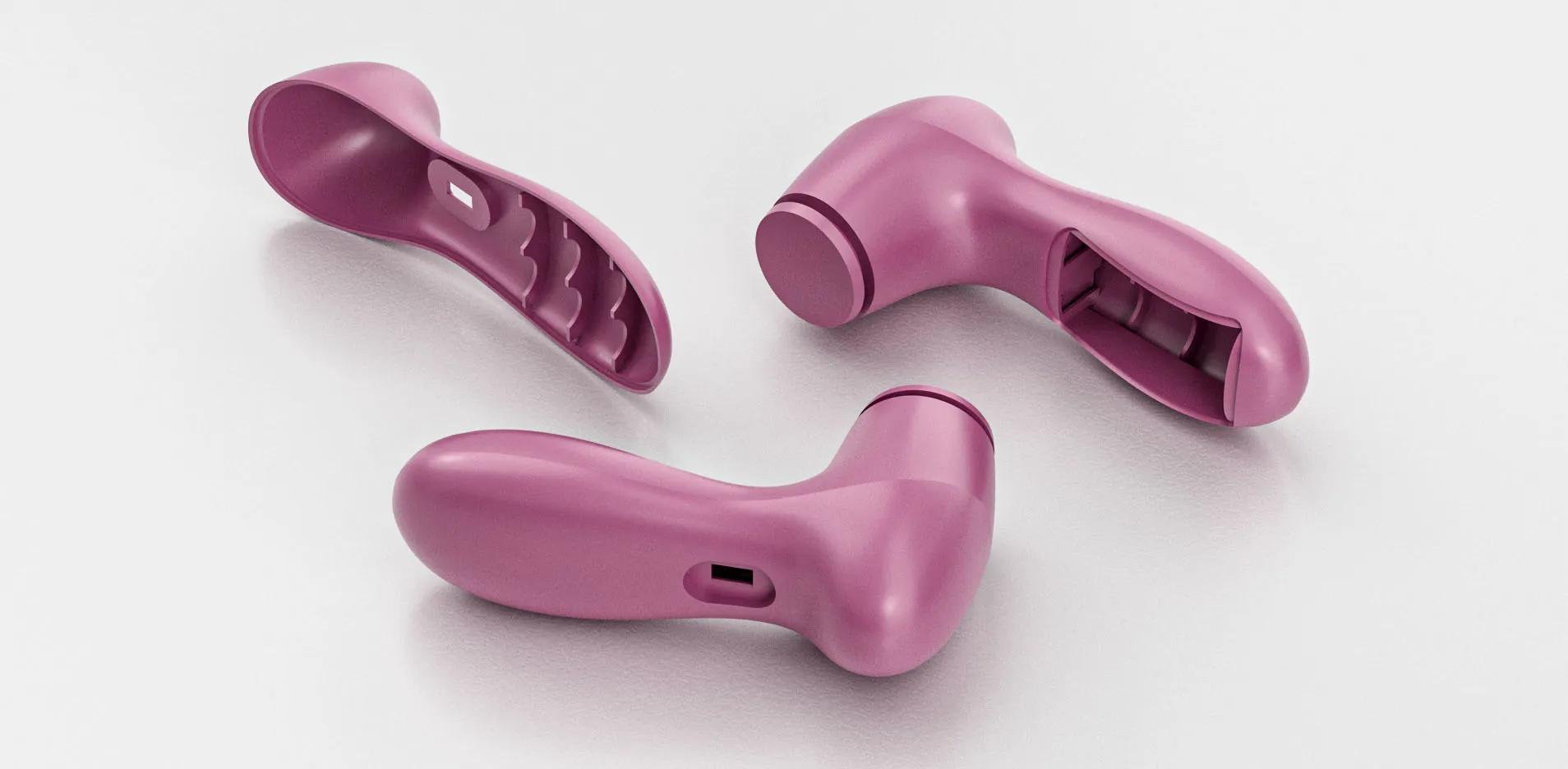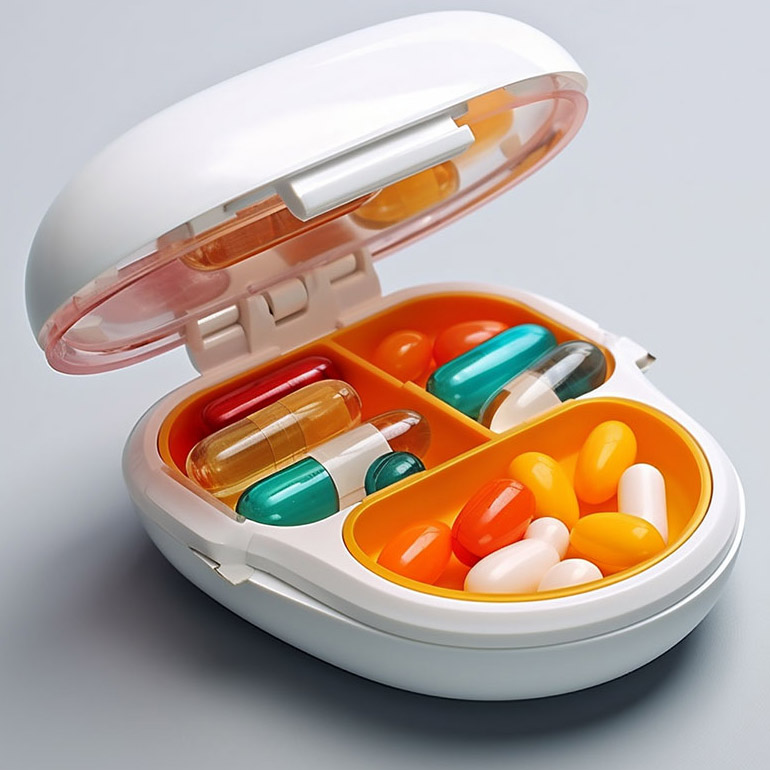The housing of a handheld beauty device is not only an aesthetic component but also directly affects ergonomics, durability, and overall user experience. For procurement teams and product developers, selecting the correct injection-molding resin is essential for controlling cost and enhancing market competitiveness. Based on material characteristics, process compatibility, and application requirements, ABS resin remains the preferred choice for handheld beauty device enclosures. The following sections explain its advantages, compare it with alternative materials, and outline suitable use scenarios.

1. ABS Resin: Core Advantages for Handheld Beauty Device Housings
1. Balanced mechanical properties suitable for handheld applications
ABS offers an ideal balance of tensile strength, rigidity, and impact resistance. Since handheld devices are prone to accidental drops, an ABS enclosure provides effective protection for internal PCBA components and is less likely to crack. Its density is significantly lower than that of metal, reducing weight by over 40% and improving long-term handheld comfort. In addition, ABS offers excellent electrical insulation, enhancing safety for powered beauty devices.
2. Excellent injection moldability and cost efficiency
Injection molding is the primary and most efficient manufacturing process for ABS. The material provides stable flowability, short cycle times, and high production yield, enabling large-scale mass production at significantly lower unit cost (over 50% lower than additive manufacturing or CNC machining). ABS surfaces can be molded directly into matte, glossy, or textured finishes without costly secondary processing, enabling a premium appearance for consumer devices.
3. Durability and surface finish advantages
ABS offers good chemical resistance and withstands regular exposure to skincare products and alcohol wipes without yellowing or discoloration. The injection molding process enables tight dimensional tolerances, ensuring a precise fit for buttons, display windows, ventilation slots, and charging ports. Proper tooling design prevents burrs, deformation, and misalignment, improving overall assembly quality and device feel.

2. Comparison with Other Materials: Why ABS Is More Suitable for Handheld Devices
- Metal (e.g., aluminum): Higher strength but significantly heavier (1.5–1.6× heavier than ABS for equal volume). This increases hand fatigue. Additionally, die casting or CNC machining results in a higher cost and is unsuitable for high-volume consumer-grade enclosures.
- PC (Polycarbonate): Offers excellent transparency but tends to yellow over time. Pure PC has a relatively high shrinkage rate during injection molding, making dimensional control difficult and often affecting button travel and connector alignment.
- Glass: Visually attractive but brittle, heavy, and incompatible with injection molding. Manufacturing costs are extremely high and not feasible for handheld devices.
3. Application Scenarios: Which Handheld Beauty Devices Are Best Suited for ABS Injection-Molded Housings?
- Portable home-use devices: Such as RF devices, EMS massagers, ion importers, and hot/cold therapy tools. ABS provides lightweight construction and superior drop resistance, enhancing user experience.
- High-volume production projects: Injection molding is ideal for batch orders above 1,000 units. It ensures fast lead time, stable quality, and cost-effective manufacturing for OEM/ODM customers.
- Products requiring precise structural design: Devices featuring integrated buttons, LED screens, ventilation slots, and charging ports benefit greatly from the dimensional stability and tooling precision of ABS injection molding.
Conclusion: Recommendations for Procurement and Product Developers
Selecting the right injection-molding resin for handheld beauty device housings requires balancing performance, cost, and user experience. ABS stands out due to its excellent impact resistance, low density, strong moldability, and cost-effectiveness. If transparency or higher heat resistance is required, an ABS/PC alloy is a suitable alternative (with slightly higher cost). Overall, ABS remains the best value-for-money choice—ensuring devices not only look premium but also feel comfortable and durable in daily use.


